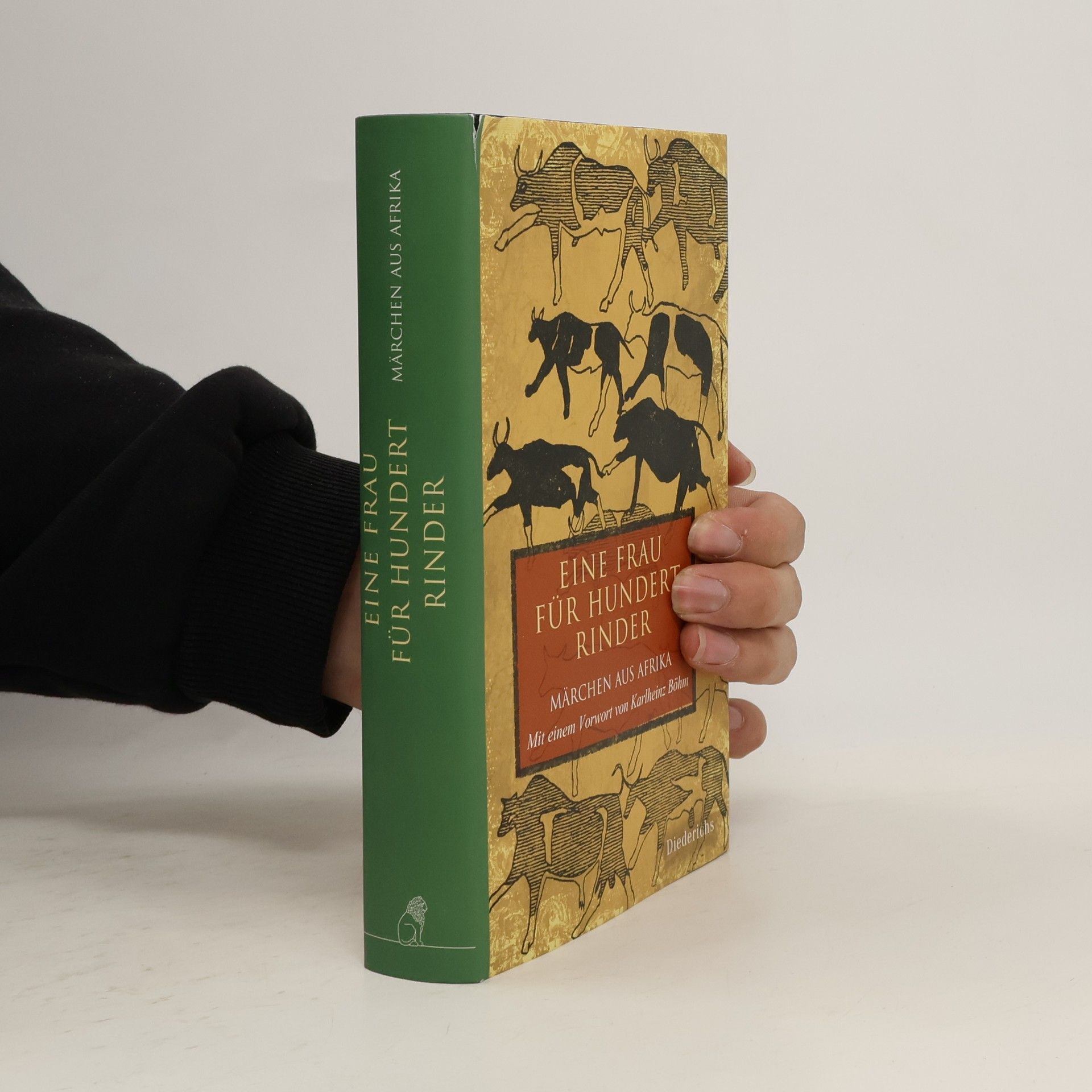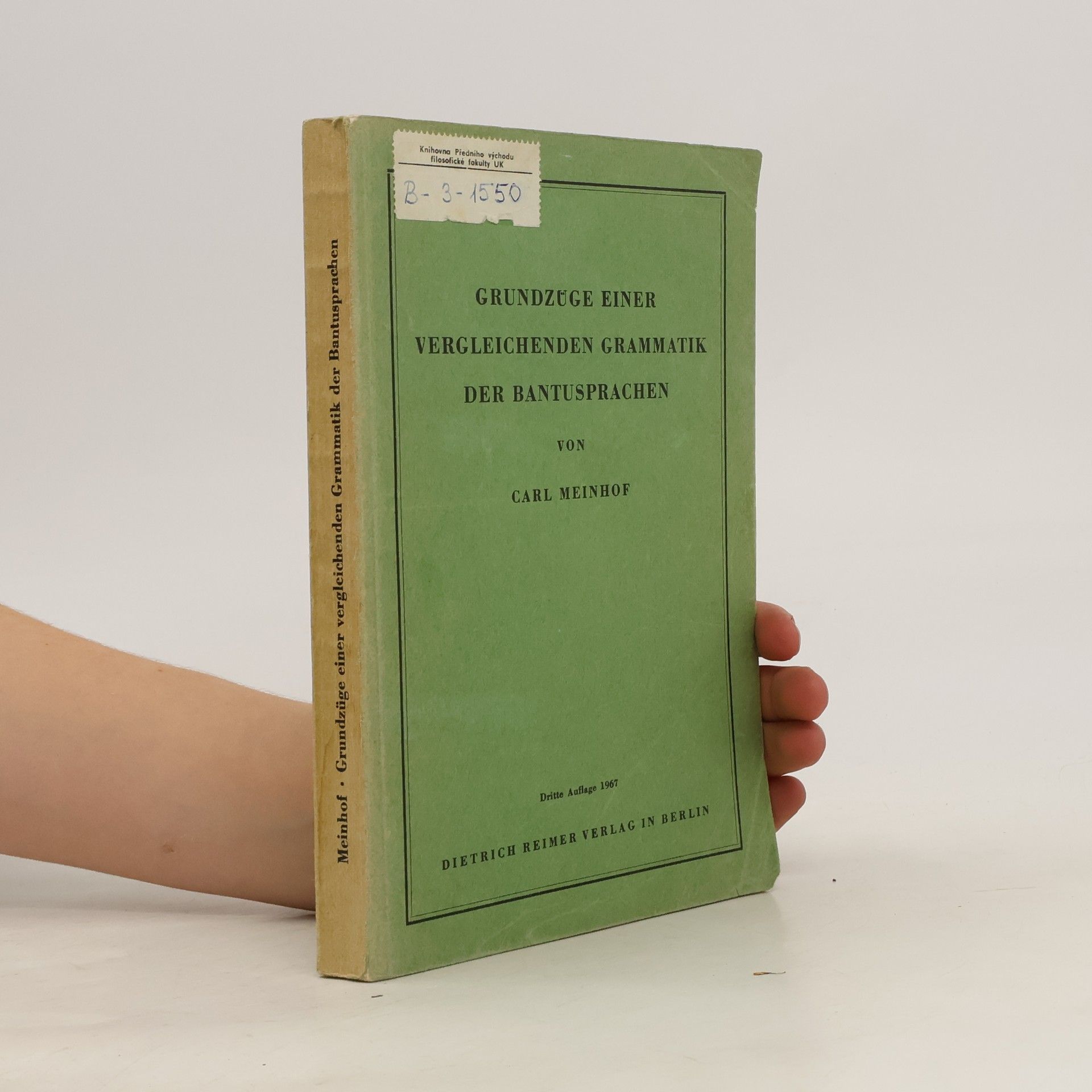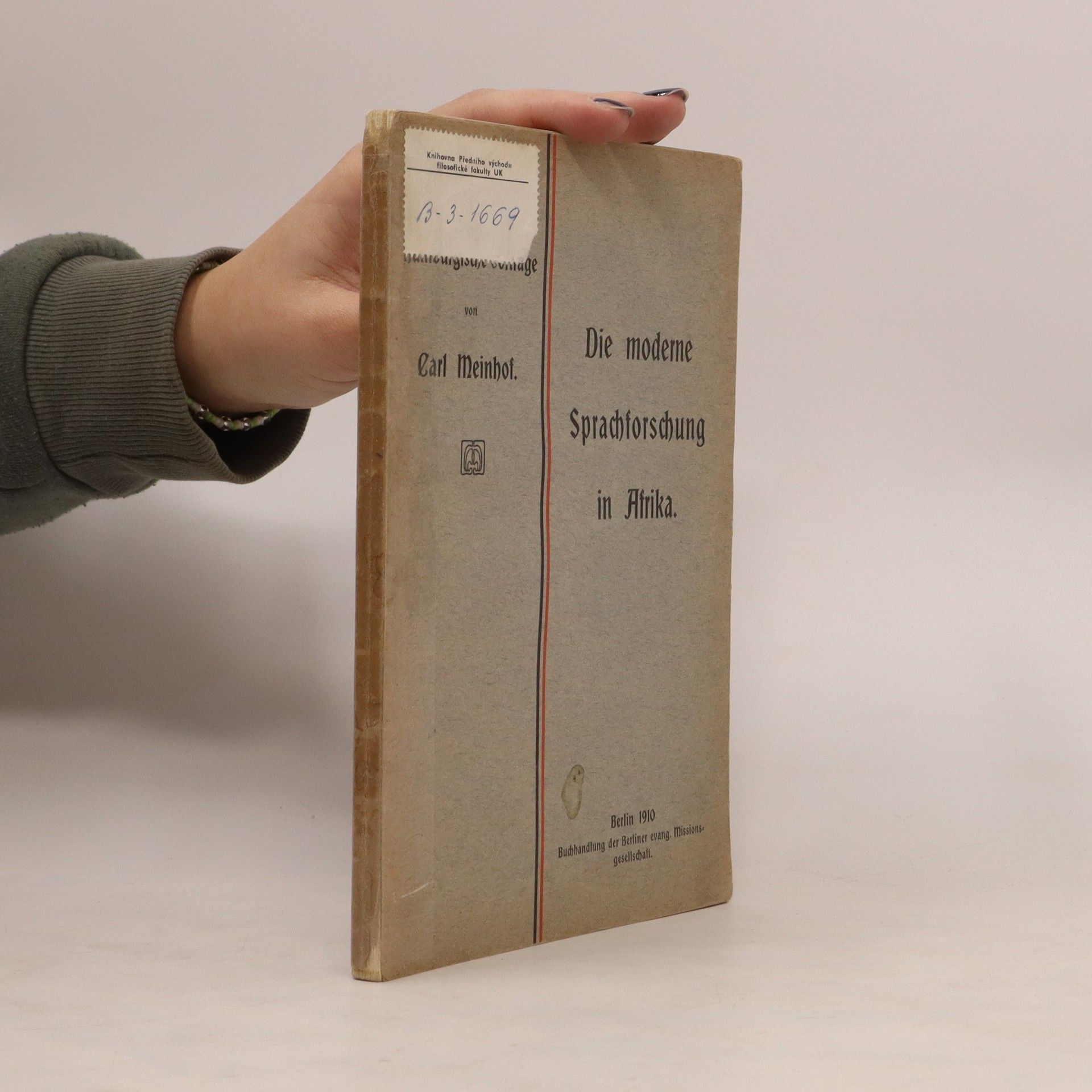Die 'Wiege der Menschheit' wird Afrika auch genannt. Das allein lässt schon erahnen, welch riesiger kultureller Reichtum sich seit Jahrtausenden hier angesammelt hat. Ursprünglich mündlich überliefert, wurde der reiche Sagen- und Märchenschatz von Missionaren und Forschern im ausgehenden 19. Jahrhundert aufgezeichnet. Zusammengefasst und systematisiert vom Pionier und ersten Inhaber des Lehrstuhls für Afrikanistik in Deutschland, Carl Meinhof, entfaltet sich in über 80 bezaubernden Geschichten das ganze bunte Panorama des afrikanischen Kontinents, vom heutigen Äthiopien bis nach Mali, vom Niger bis zur Elfenbeinküste.
Carl Meinhof Knihy




Afrika in seinen eigenen Worten Afrika, der „Kontinent des Staunens“ (André Heller), lebt und bezaubert mit seinen Märchen. Die uralte mündliche Erzähltradition der afrikanischen Völker und Stämme wurde von Missionaren und Feldforschern im 19. Jahrhundert aufgezeichnet. Carl Meinhof, der Pionier der Afrikanistik, hat diese einzigartigen Zeugnisse nach ihren ethnischen Wurzeln geordnet. Den seit einem Jahrtausend wirksamen arabisch-islamischen Einflüssen in Nord- und Ostafrika stehen die eigenständigen afrikanischen Kulturen der Regenwald- und Steppenzonen West-, Zentral- und Südafrikas gegenüber. In den Märchen spiegelt sich der kulturelle Kosmos des Kontinents in seiner ganzen Buntheit und Vitalität. Die sechzig Geschichten dieses Bandes sind der schönste Beweis.